
Elemental Depth Profiling Analysis for the Aerospace & Defense Industry
EAG Scientists utilize GDMS analysis to perform Elemental Depth Profiling for chemical purity evaluations for aerospace & defense.
Home » From Rock to Rare Series: Part 1 – Mining
Rare Earth Elements (REEs), also referred to as Rare Earth Oxides (REOs), are a group of seventeen chemically similar elements that include the lanthanide series plus scandium and yttrium. They serve as quiet workhorses powering modern technology. From smartphones and electronic vehicles to wind turbines and defense systems, these elements are essential for high-performance materials. But before REEs become magnets or other components in cutting-edge devices, they must be extracted from earth, and that is no small feat.
This blog kicks off a four-part blog series exploring the role of compositional analysis and purity survey across the REE value chain: mining, refining, magnet production, and recycling. We will start with the source: Mining.
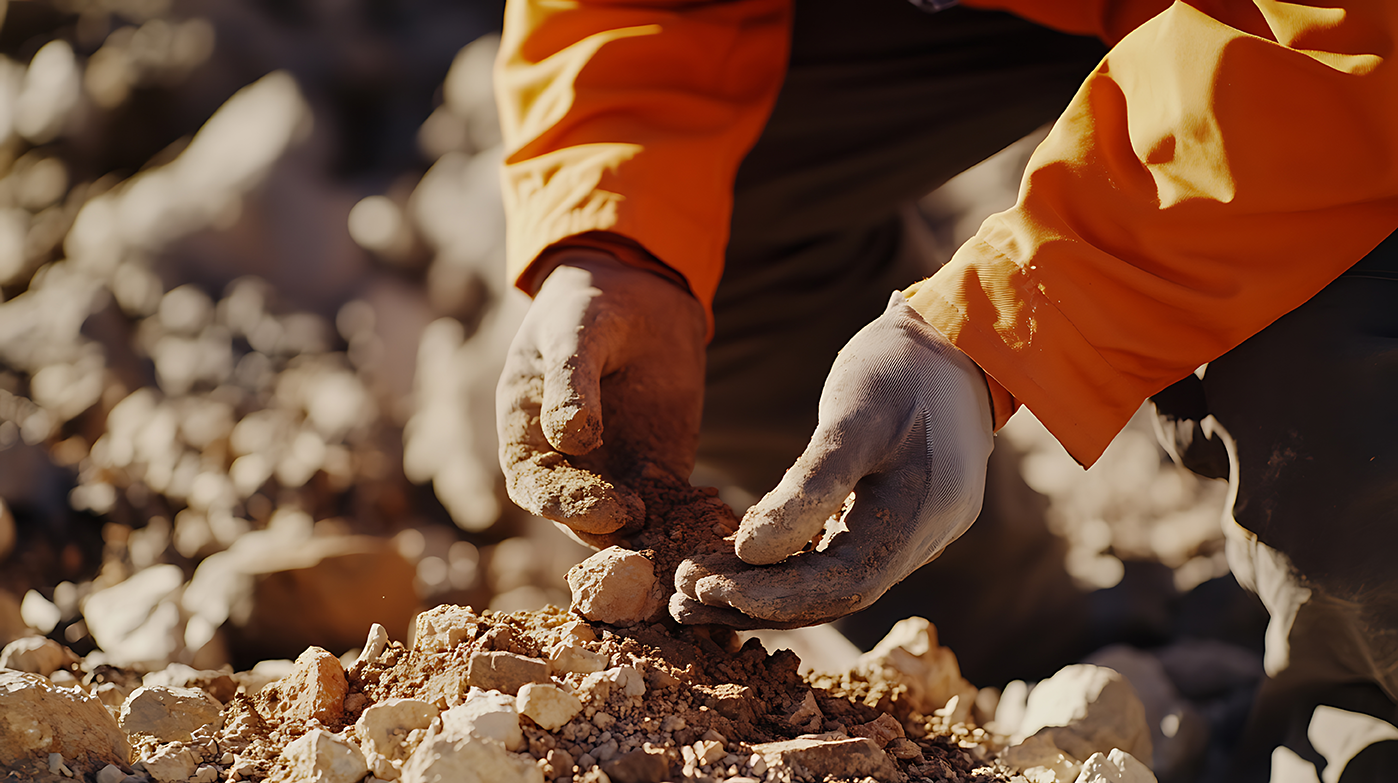
Contrary to what their name implies, REEs are not particularly rare in terms of Earth’s crustal abundance. What is rare is finding them in concentrations high enough to make mining economically viable. These elements typically occur in complex mineral assemblages and must be meticulously separated during refining.
The primary REE-bearing minerals include bastnaesite, monazite, loparite, and lateritic clays (a secondary deposit formed through weathering). These elements are often found together because of their similar chemical behavior, which adds to the technical difficulty of separating out individual REEs during downstream processing.
REE mining is typically energy-and-resource-intensive, relying on massive open-pit mines. Previously, the United States was not known to dominate REE production, especially in refining which overwhelmingly happens in China. However, the landscape is starting to shift as mines both old and new come to life in the US and plans for vertically integrated magnet production take shape.
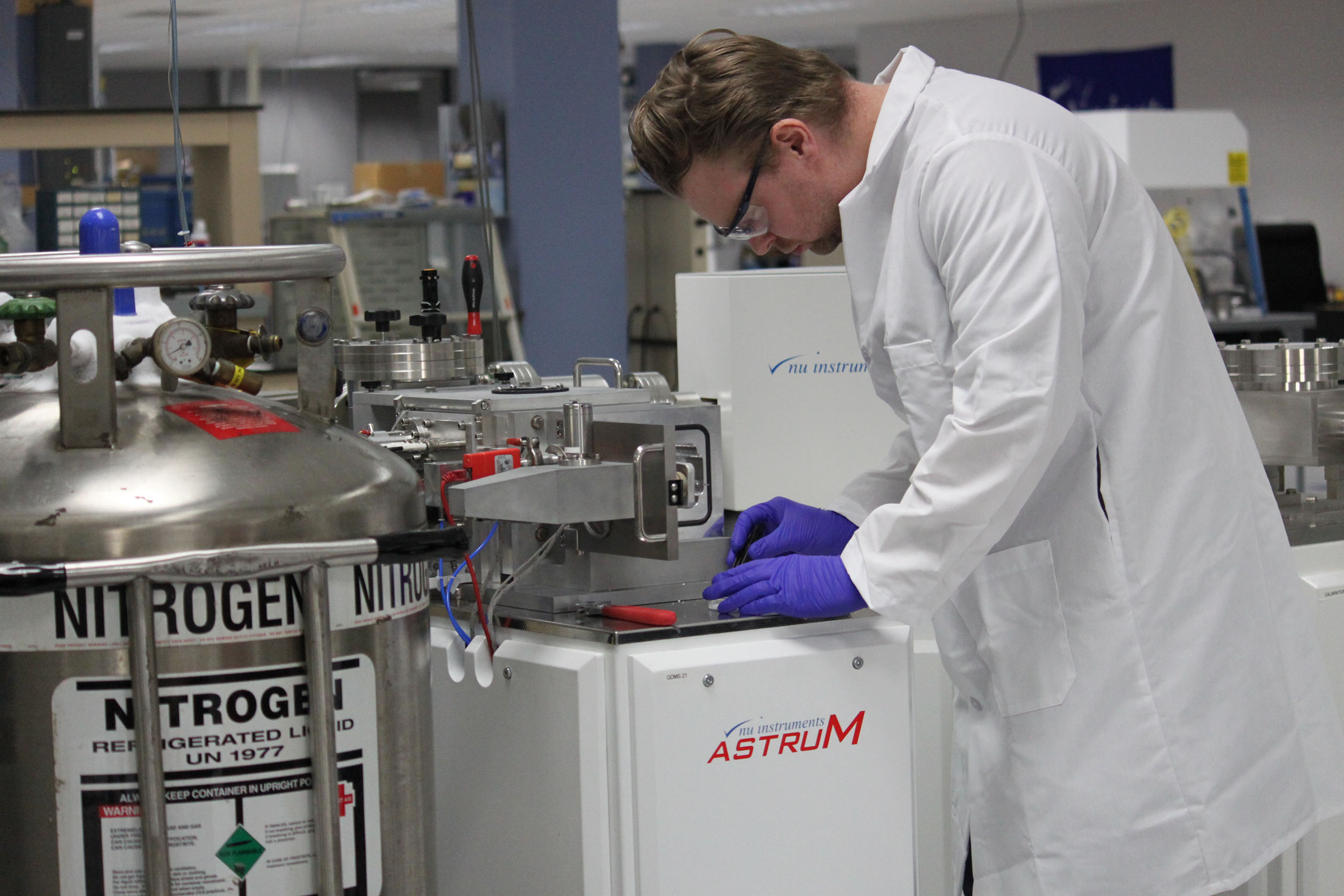
EAG Laboratories offers something different and complementary to services available elsewhere. We specialize in ultra-sensitive, high-resolution analysis of complex natural and high-purity materials, which is invaluable during early exploration and advanced material qualification stages, respectively.
Our team of experts has developed a method for applying Glow Discharge Mass Spectrometry (GDMS) on rock and mineral powders. Unlike traditional wet chemistry and fusion-based preparation methods for ICP-OES, ICP-MS, and XRF, GDMS allows direct solid sampling for bulk analysis, avoiding the contamination and sample volatilization risks of acid digestion and fusion. We’re also equipped with Laser Ablation-Inductively Coupled Plasma Mass Spectrometry (LA-ICP-MS), a microanalytical solid sampling tool that can zero in on individual mineral grains, which can be ideal for geochemical exploratory work, or perform pseudo-bulk analysis as needed. Both GDMS and LA-ICP-MS are offered in-house at our Syracuse, New York Purity Survey facility.
If exploratory-stage mineral analyses aren’t conducted carefully, the consequences can ripple throughout the entire REE supply chain. Inaccurate or incomplete geochemical data can lead to misidentified deposits, inefficient extraction strategies, or processing methods that are poorly matched to mineralogy, wasting both time and capital. Or worse, neglecting trace impurities such as lead, thorium, and uranium can pose serious safety, regulatory, and environmental risks during mining and refining. These oversights can delay permitting, increase remediation costs, or even render a project nonviable. Precision techniques like GDMS and LA-ICP-MS are essential safeguards for responsible exploration and investment.
The REE value chain only begins at mining. The elements of interest must be separated, refined, alloyed, and sometimes recycled, all with the upmost care and with purity demands that become stricter at each stage. As we move through this series, we’ll explore how EAG Laboratories supports clients across the later stages of the REE lifecycle, from high-purity oxides for catalysts to ultra-high precision magnet materials.

EAG Scientists utilize GDMS analysis to perform Elemental Depth Profiling for chemical purity evaluations for aerospace & defense.
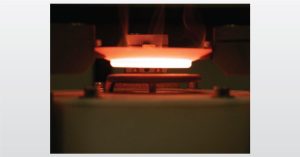
In the full webinar we will focus on Glass Analysis looking at Chemical and Physical Measurements to address manufacturing issues
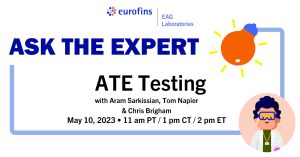
ATE testing automates and streamlines the testing process of microelectronic devices by using specialized hardware and software to perform a wide range of functional tests under various conditions. Come learn more about ATE and what EAG can do for you.
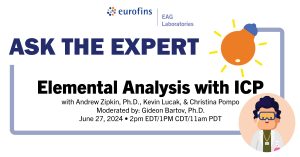
June 27, 2024
During this live Ask the Expert event, we will answer pre-submitted questions from our audience regarding Elemental Analysis with Inductively Coupled Plasma (ICP-OES, ICP-MS, LA-ICP-MS). These techniques provide full survey major, minor, trace element analysis, and purity certification for up to 69 measurable elements.
To enable certain features and improve your experience with us, this site stores cookies on your computer. Please click Continue to provide your authorization and permanently remove this message.
To find out more, please see our privacy policy.